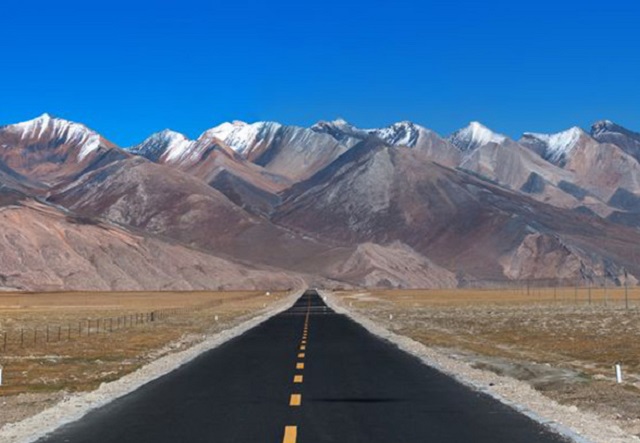The G7 Meeting in Bavaria, Germany announced on Sunday, 26 June 2022, in fact President Biden announced that a US$200 billion pledge for global infrastructure to challenge Chinese influence.
by Victor Cherubim
In 2013 China launched the Belt and Road Initiative (BRI), a global infrastructure strategy designed to increase China’s global reach and “area of influence”. Many will know that this initiative has already touched over 70 countries, as well as international organisations.
Ports, railways, oil and gas pipelines, and power grids, along with plans for new economic corridors were envisaged, many were built and are running, but recently the US and the West complain, pointing out significant issues such as corruption scandals, environmental damage, local labour violations and manipulation among others for the debt exposure to China.
What was China’s President Xi Jinping’s initiative was welcome by far off nations as Venezuela, Zambia and near countries to Sri Lanka as Maldives and Malaysia, and Pakistan.
This was in contrast to the West’s previous involvement aid for infrastructure, which often required recipient countries to reform their governance or laws.
Researchers at the College of William and Mary,West Virginia, USA, inform that $843 billion in Chinese loans for over 13,000 projects have been launched under the Belt and Road Initiative.
With global trade slowing down after the pandemic and Russian advance into Ukraine, it now appears, that this infrastructure project of BRI can only be viable and/or productive to nations, if the infrastructure generates enough revenues to pay of its upkeep, not to mention, the interest on its loans. In short, infrastructure must unlock demand.
Rebalance now in progress
Sri Lanka is not the only nation in this process of rebalance. A case in point is Malaysia’s rail-link connecting East and West coasts, bringing the price down by a third of the original estimate. Even this price correction was not enough and the project has been suspended due to cost overruns. A similar situation is in Pakistan, and in many other countries.
China’s President, Xi according to a Wall Street report, has committed to creating a “Debt Sustainability Framework” for the BRI initiative, besides, compliance with international infrastructure contracting standards, as well as measures to cure corruption and ensure environmental stability. He has urged foreign and private sector partners to contribute more funding to BRI projects.
We are aware that these infrastructure projects could never have been given an impetus, which would otherwise be “un-investible” if China did not intervene with its BRI. But now with the slowdown of trade, the pressure has made China to renegotiate contracts with reduced project size and financial outlays.
What has now happened at the G7 Nations meeting in Germany?
The G7 Meeting in Bavaria, Germany announced on Sunday, 26 June 2022, in fact President Biden announced that a US$200 billion pledge for global infrastructure to challenge Chinese influence.
The G7 announcement was a chance to shift the global balance. With the US contribution of $200 billion in Government aid and private investments, the other G7 nations are to contribute or make up a further $600 billion in investments by 2027.
Unlike much of the Belt and Road focus on capital infrastructure projects like ports, roads and railways, the G7 aid will focus on Climate, Information Technology and Health systems.
The first project is with an initial investment to include a US. $2 billion Solar Power Project in Angola and a US. $600 million Submarine Internet Cable, laid from Singapore to France.
Do I need to state that the West has always looked over the shoulder of China, to prove it can compete with China, in much-needed infrastructure development, which the poorer nations never could have received, in the first place?












Post a Comment